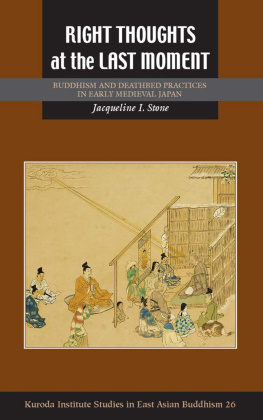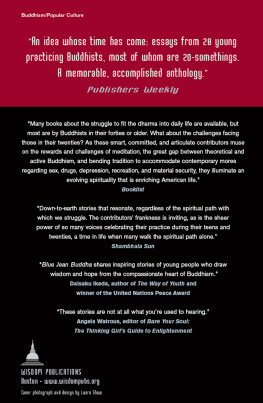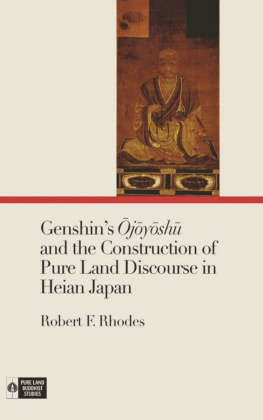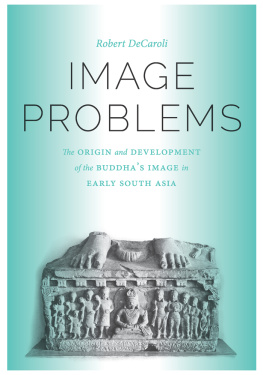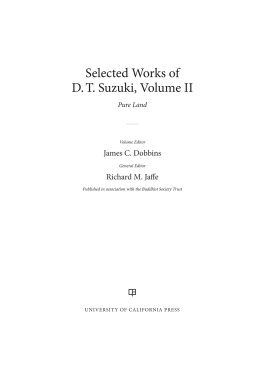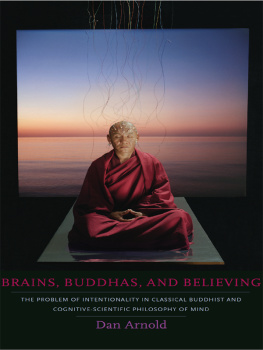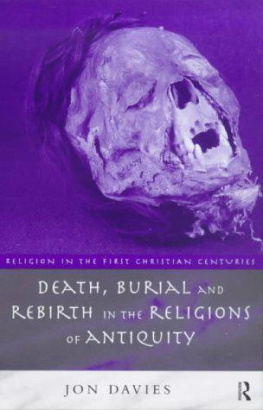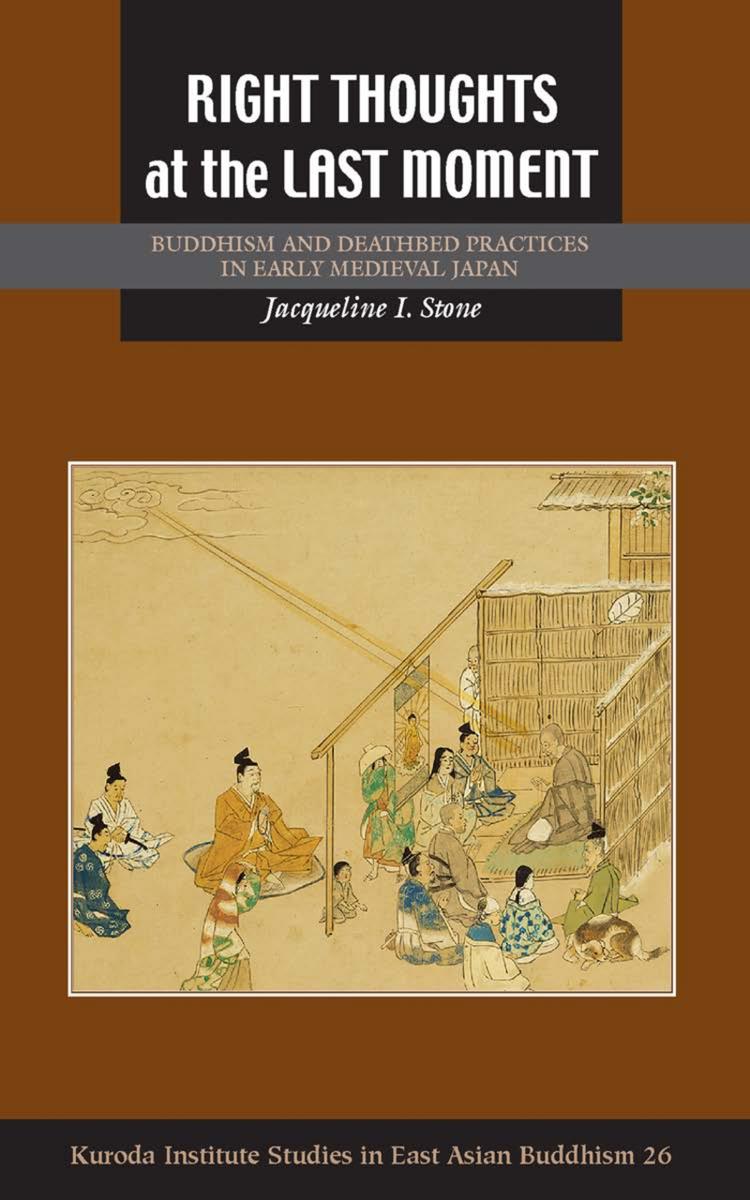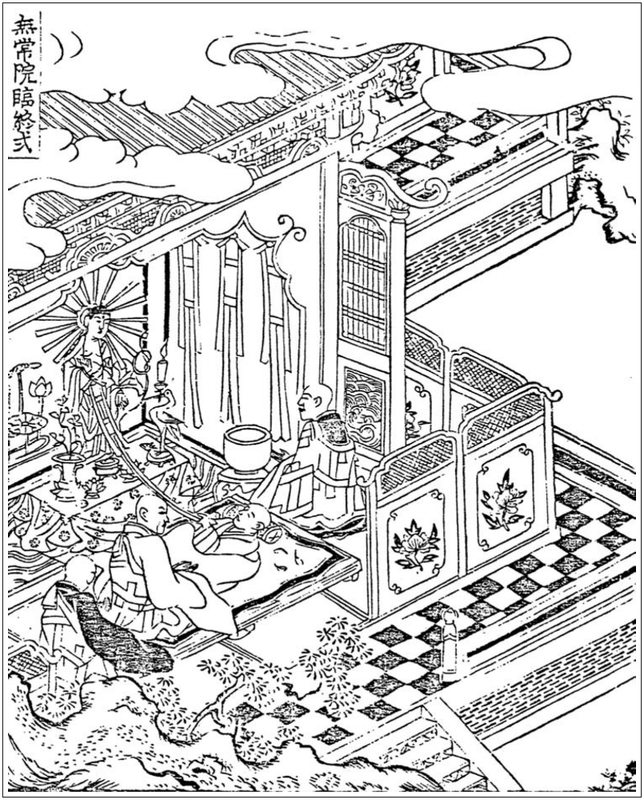2016 Kuroda Institute
All rights reserved
Printed in the United States of America
21 20 19 18 17 16 6 5 4 3 2 1
Library of Congress Cataloging-in-Publication Data
Names: Stone, Jacqueline Ilyse, author.
Title: Right thoughts at the last moment : Buddhism and deathbed practices in early medieval Japan / Jacqueline I. Stone. Other titles: Studies in East Asian Buddhism ; no. 26.
Description: Honolulu : University of Hawaii Press, [2016] | Series: Studies
in East Asian Buddhism ; 26 | A Kuroda Institute book. | Includes bibliographical references and index.
Identifiers: LCCN 2016011541 | ISBN 9780824856434 (cloth ; alk. paper) Subjects: LCSH: DeathReligious aspectsBuddhismHistory. |
BuddhismJapanCustoms and practicesHistory.
Classification: LCC BQ4487 .S76 2016 | DDC 294.3/423dc23 LC record
available at https://lccn.loc.gov/2016011541
This publication is made possible in part by the Barr Ferree
Foundation Fund for Publications, Department of Art and Archaeology, Princeton University.
The Kuroda Institute for the Study of Buddhism and Human Values is a nonprofit, educational corporation founded in 1976. One of its primary objectives is to promote scholarship on the historical, philosophical, and cultural ramifications of Buddhism. In association with the University of Hawaii Press, the Institute also publishes Classics in East Asian Buddhism, a series devoted to the translation of significant texts in the East Asian Buddhist tradition.
University of Hawaii Press books are printed on acid-free
paper and meet the guidelines for permanence and durability
of the Council on Library Resources.
and for my husband, Kelley L. Ross
O riginally I envisioned this book as a small project aside from my chief research areas. It grew as my research progressed and the conception expanded. I have been working on it, often sporadically, since the 1990s. It would not have come to completion without the help of many people.
First I wish to thank those friends and colleagues who encouraged me throughout the course of the project. In the fields of Buddhist Studies and Asian religions, James Dobbins, Phyllis Granoff, Paul Groner, Koichi Shinohara, and Dan Stevenson have my particular gratitude for many thought-provoking conversations, constructive advice, and ongoing encouragement that more than once rekindled my own waning enthusiasm. I am also indebted to Shaun Marmon, a specialist in medieval Islam in the Religion Department at Princeton University, who over the years has discussed relevant issues with me, read partial drafts of the manuscript, and offered cogent suggestions. Her critical perspective as a colleague from outside the field of Buddhist Studies has been illuminating.
Other individuals assisted me at specific junctures. Well before I began tackling this project in earnest, while still a graduate student conducting dissertation research in Japan, I was affiliated with Taish Universitys Center for the Comprehensive Study of Buddhism (Sg Bukky Kenkyjo). The late Professor Shioiri Ryd, then the centers director, wisely insisted that all research fellows join a study group unconnected with their primary research focus. I myself, who specialized in Tendai and Nichiren Buddhism, thus became part of a committee engaged in producing an English translation of the early medieval Pure Land teacher Hnens Senchakush. That experience gave me valuable background for the present study, and I thank Professors Hirokawa Takatoshi and Tomatsu Yoshiharu and the other translation committee members for all that they taught me. Professor Imai Masaharu, during a visiting faculty appointment at Princeton in the early 1990s, read Yoshishige no Yasutanes Nihon j Gokuraku ki with me and also answered many questions about the Japanese Pure Land tradition on my subsequent research trips to Japan. Mimi Yiengpruksawan generously shared with me her extensive notes on several courtier diaries. Asuka Sango, while still a graduate student, spent a semester as my research assistant, xii combing through Meigetsuki and other sources for relevant passages. As a visiting fellow at Princeton in 20012002, Bryan Cuevas co-designed and co-taught with me a course on Death and the Afterlife in Buddhist Cultures; we also co-organized a conference on Death and Dying in Buddhist Cultures and co-edited The Buddhist Dead (2007). These experiences, and our many stimulating conversations, expanded my understanding of Buddhist approaches to death cross-culturally. Mariko Walter invited me to come aboard as her co-editor for Death and the Afterlife in Japanese Buddhism (2008), a project that gave me new insights into the history of Buddhist death practices in Japan. I would like also to thank the contributors to those two volumes for the education that their essays provided. Yasuko Makino and Setsuko Noguchi, the former and present Japanese Studies librarians at Princetons Gest East Asian Library, were most helpful in obtaining sources for me. I also thank the library staff at Taish and Rissh universities in Tokyo for their assistance.
I am indebted as well to the many colleagues in North America, Europe, and Japan who, at various moments in the project, invited me to present or publish parts my research, offered criticisms, made suggestions, recommended sources, obtained references for me, answered specific questions, and shared their expertise. I also owe much to those current and former graduate students (some of them now tenured colleagues) with whom I read relevant texts and whose questions and comments in seminar sharpened my own thinking. Individuals who at one point or another assisted me in such ways include Ryichi Ab, Jan Bardsley, Timothy Benedict, Mary Elizabeth Berry, Heather Blair, William Bodiford, Kyle Bond, John Breen, Jonathan Todd Brown, Peter Brown, Kevin Carr, Linda Chance, Huaiyu Chen, Jessey Choo, Thomas Conlan, Stephen Covell, Miriam (Mimi) Chusid, Patricia Crosby, Edward Drott, Nicole Fabricand-Person, Griffith Foulk, James L. Ford, Funayama Tru, Aileen Gatten, Hank Glassman, Jonathan Gold, Luis Gmez, Niels Guelberg, Charles Hallisey, Hara Masatoshi, Steven Heine, Sarah Horton, April Hughes, Ichishima Masao, Michael Jamentz, Fusae Kanda, Kikuchi Hiroki, Kusunoki Junsh, Michelle Li, Ethan Lindsay, Donald Lopez, Bryan Lowe, Melissa McCormick, Justin McDaniel, Kuniko McVey, Lori Meeks, D. Max Moerman, Miyake Moritsune, Samuel Morse, Michaela Mross, Jan Nattier, Charles Orzech, Richard Payne, Robert Rhodes, Mark Rowe, Brian Ruppert, James Sanford, Asuka Sango, Robert Sharf, Brian Steininger, Sueki Fumihiko, Taira Masayuki, Stephen (Buzzy) Teiser, Uejima Susumu, Sinad Kehoe Vilbar, Haruko Wakabayashi, and Jimmy Yu. My apologies to anyone (I suspect there are some) whom I have overlooked here. The help of these individuals has greatly enhanced the quality of the book. For its remaining weaknesses and errors, I alone am responsible. I wish also to express my gratitude to those Japanese scholars, living and deceased, whom I never met personally but whose pioneering scholarship has provided a foundation for my own study.

